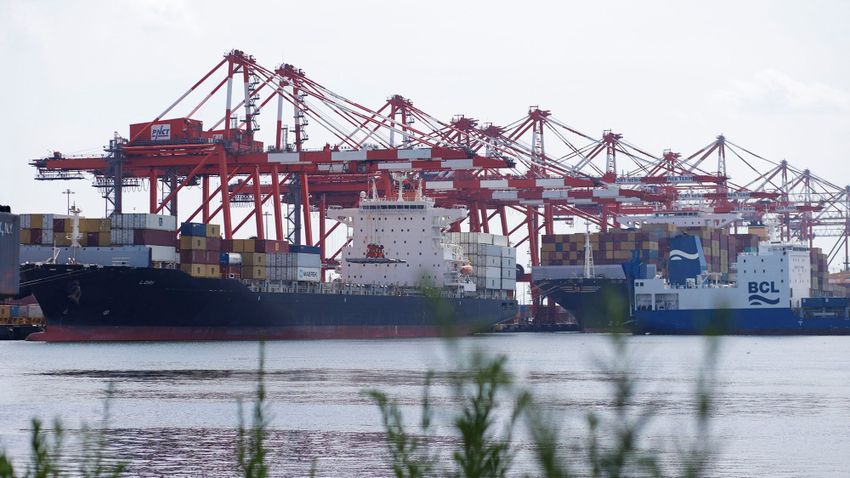After the congestion that hit the US West Coast ports, which many expected, traffic jams at major East Coast ports along the southern states are becoming permanent. According to an article in the Wall Street Journal, dozens of container ships are currently crowded in the ports of New York, Houston and Savannah, Georgia, but the situation on the West Coast has improved a lot, after more than a hundred container ships experienced congestion. Waiting to enter simultaneously at the Los Angeles and Long Beach ports.
In the most important port on the East Coast, New York Bay, twenty ships were lined up, while in Georgia, forty ships crammed in front of Savannah, and in Houston (which is often the destination of Asian cargoes coming through the Panama Canal), twenty-five were waiting. According to the daily business overview, it has not been possible to find a solution to the problem for months, and the overland distribution of sea shipments is still far from smooth, as the port’s storage capacity is becoming increasingly scarce.
Anyone who asks the National Industrial Transportation Association will only hear complaints.
It is common for containers to arrive so overloaded that unloading takes much longer, and shipping companies have a problem because they are unable to return empty containers within the contracted time.
The problem is not new, already in 2021, imports traded through US ports increased by 20 percent, after the demand for consumer goods exploded again after the Covid epidemic. Importers are now choosing East Coast ports as destinations to avoid past outages, moreover, a West Coast dockers union negotiated renewal work contracts this week, and they don’t hesitate to use the means of a labor slowdown strike.
In the first five months of 2022, according to data from Beacon Economics, the number of containers delivered to ports in New York and New Jersey increased by 12 percent compared to the same period in 2021, and in Houston by 24 percent. On the western side, the increase was only half a percent.
East Coast ports are now filled (with around 200,000) empty containers due to logistical difficulties. In the normal period, the containers are in the terminals for only two or three days, that is how long it takes to unload and transport them, now this period has doubled.
Seeing this, the Port of Houston quickly increased the container terminal area by one hundred hectares, but the additional space was filling up quickly as well.
They were forced to take a similar step in New York, where a storage facility was set up to temporarily house 110,000 containers. The next mandatory step, which is only currently planned, is to charge shipping companies additional fees for empty containers for the duration of storage at the port. But even if they had to, only in October. However, according to the optimistic forecast, the sudden tense situation may ease by then, since the main season of sea imports is coming to an end with the end of summer.












































